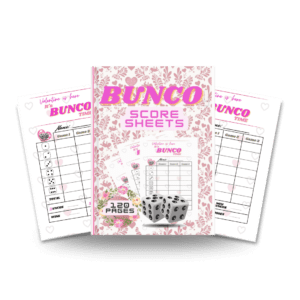Taking notes during therapy isn’t just about remembering what happened—it’s about tracking client growth, identifying patterns, and staying ethically sound.
Whether you’re a new therapist, in private practice, or still in training, a structured therapy notebook can help you streamline your sessions and reduce mental clutter.
✅ Why Note-Taking Matters in Therapy
- Keeps track of progress and goals
- Supports treatment planning
- Ensures continuity across sessions
- Provides documentation for legal, ethical, or insurance purposes
- Helps therapists reflect on their own practice
And with the right notebook, note-taking becomes clear, fast, and actually useful.
🧾 What Should Be in a Therapy Session Notebook?
Here’s what every effective therapy notebook should include:
1. Client Overview Page
Basic info like:
- Client name & ID
- Start date
- Presenting issue
- Treatment plan summary
✔️ This helps you avoid flipping through pages and gets you grounded before each session.
2. Session Notes Page (Structured)
Use formats like:
- SOAP (Subjective, Objective, Assessment, Plan)
- DAP (Data, Assessment, Plan)
Include:
- Session date & time
- Topics discussed
- Client’s mood or emotional state
- Therapist interventions
- Homework or follow-up tasks
3. Progress Tracker
Use checklists or visual indicators to show how far the client is toward goals.
4. Mood Check-In Section
Let clients rate their mood (1–10) before and after the session. It’s a simple way to track emotional change.
5. Safeguarding Notes (Confidential)
Use this to document concerns, red flags, or mandated reporting notes—securely and factually.
6. Homework + Reflection Space
Let clients (and you) assign next steps, journaling prompts, or practices for the week.
⚖️ Legal + Ethical Note-Taking Tips
- Always keep your notes HIPAA-compliant: secure, confidential, and factual
- Avoid writing subjective labels or personal judgments
- Use client quotes where appropriate
- Document only what’s necessary (especially for insurance-related notes)
If you’re using paper notebooks, store them in a locked drawer or cabinet. If digital, use encrypted software.
📥 Want a Free Printable Template?
👉 Download the free therapy session notes template here
It includes:
- SOAP + DAP formats
- Mood check-ins
- Homework space
- Clean layout for quick use
📓 Recommended Tool: Jots & Tally Therapist Session Notebook
If you want to go paper-based with structure already done for you, check out our therapist-designed notebook.
✅ Pre-formatted with:
- SOAP & DAP templates
- Mood tracking + safeguarding
- Homework prompts
- Clean, neutral aesthetic









